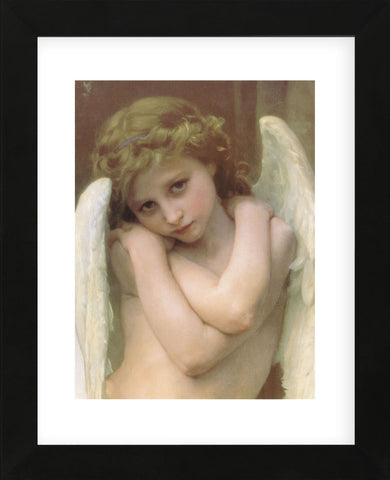Product Detail
- Overall: 16" H x 13" W x 0.75" D
- Overall Product Weight: 2.5lb.
- Material: Glass
- High-quality print on heavy paper
- Printed with vibrant, color-fast inks
- Framed in a contemporary style molding; available in black, gold, and white
- Sawtooth hanger
- Unmatted
Image is Copyrighted and Property of its respective owner
Product Detail
- Overall: 16" H x 13" W x 0.75" D
- Overall Product Weight: 2.5lb.
- Material: Glass
- High quality print on heavy paper
- Printed with vibrant, color-fast inks
- Framed in a contemporary style molding; available in black, white, and gold
- Sawtooth hanger
- Unmatted
About the Artist
Tender scenes of children, women, and angels made William-Adolphe Bouguereau one of the most successful artists during France’s Second Empire and continue to make his work popular today.
In order to earn enough money to attend the Ecoles des Beaux-Arts, France’s most prestigious art school, Bouguereau kept books for a local wine merchant and colored lithographic labels for a grocer. After work, the artist would make drawings late into the night. His persistence and hard work paid off when he was granted the coveted Prix de Rome in 1850, which allowed him to study art in Italy for three years. After a series of successful public commissions and with representation from several prestigious international galleries, Bouguereau was elected to the French Academy in 1876, a position he had sought his entire career.
Bouguereau was also a respected teacher and often would secretly help students with financial difficulties. He even married a former student, the American painter Elizabeth Gardner Bouguereau. Although his work fell out of favor with critics in the twentieth century, it is now regaining its former recognition and can be seen in museums throughout Europe and America.





